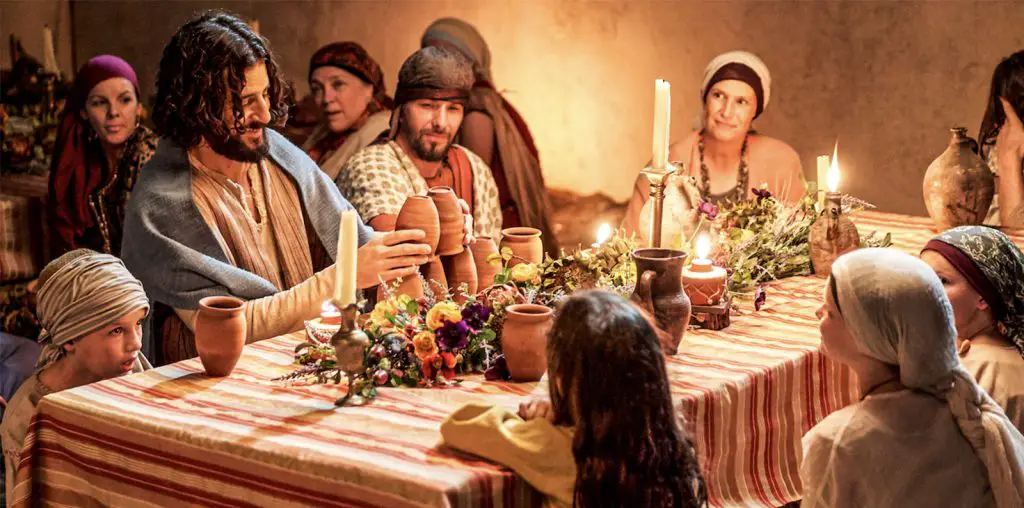
As Lynch-like a slice of country life as Patrick Daughters’ “Any Creature” may have proven, it was a freaking Norman Rockwell painting next to “In Life We Soar,” a disturbing cinematic ditty the director with characteristic dark drollness describes as “a jarring piece involving children and portrait photography.”
The story is told in three parts. The first begins with a close up of an eleven year-old boy smiling and answering questions posed by a figure offscreen. “Hey, what’s your name?”
“Brandon.”
“What’s your favorite sport?”
Click. The next thing we know a sofa, possibly stained with blood, appears in the middle of a desolate field, police officers stand grim-faced in the doorway of a suburban home where mother and father wear expressions of unbearable grief. No one speaks a word. Their faces and the mournful score say it all.
Suddenly we find ourselves in a different home. A boy sits watching television beside an oversized clown doll. Daughters’ camera follows the home’s owner, a middle-aged male as he makes his surreal rounds. As in his previous film, the director displays here a gift for the telling detail. Uncovered meat and cleavers litter the kitchen. A blood-soaked smock lies in a rumpled heap upon the counter. A Kodak sign adorns a darkroom door. Religious images are hung throughout the house and taped to doors. Then a passing glimpse of something on a wall. Could these really be snapshots of nude children? The figure disappears into a bedroom whereupon a young girl makes noises that are as chilling as they are indecipherable. A moment later he’s back in the hallway retracing his steps. He opens the door to a bathroom to retrieve something and, slumped beside the toilet, is the corpse of a small boy, a sight impossible to process before the man makes his way back to the place where the boy we recognize as Brandon sits watching TV, takes a seat beside him and grins.
Daughters leaves the viewer little in the way of hope or comfort as he closes out the show back at the studio where it all began. A fresh smorgasbord of unsuspecting subjects smile and answer the unseen photographer’s questions. A comely girl confesses that she loves to read and that, among her favorite books, is Alice in Wonderland. “Guess what,” the phantom voice jokes as the director’s camera zooms in on that of the killer, “I’m the Mad Hatter. What do you think about that?” A snap of the old fashioned machine and it’s all over.
What impress me most about Daughters’ films are their economy, dark poetry and precision, their dialogue, minimal and at the same time impressively suggestive, the uncanny ability of the filmmaker to crack open tiny moments and unleash whole worlds. He’s a first class craftsman with a sense of style beyond his 25 years and, on top of all that, a guy who tells a hell of a story.
